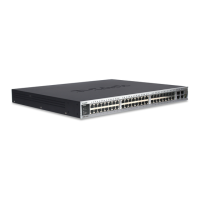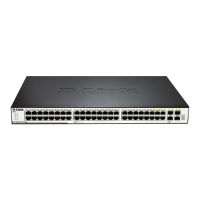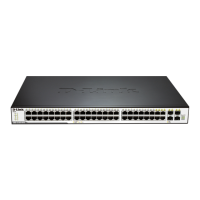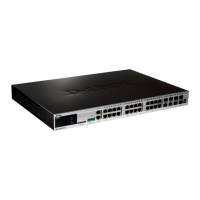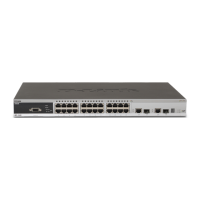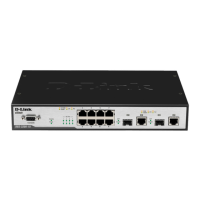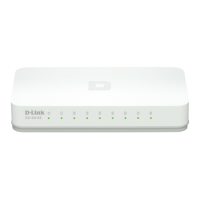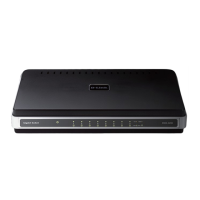neighbor 10.0.3.2 remote-as 65530
neighbor 10.0.4.4 remote-as 65530
The configuration of Router D:
!
router bgp 65530
bgp confederation identifier 100
bgp confederation peers 65531
bgp log-neighbor-changes
neighbor 10.0.2.4 remote-as 65530
neighbor 10.0.3.4 remote-as 65530
neighbor 192.168.5.3 remote-as 65531
neighbor 192.168.12.7 remote-as 200
The configuration of Router E:
!
router bgp 200
bgp log-neighbor-changes
neighbor 192.168.12.6 remote-as 100
29.18.6 Configuring Route Reflector
When the route reflector is configured, it is necessary to use the bgp client-to-client
reflection command to enable the route reflection function of the equipment. If there are
more than one route reflector within one cluster, use the bgp cluster-id command to
configure the cluster ID of the reflector, and use the neighbor A.B.C.D
route-reflector-client command to add the Peer to the client of the route reflection.
The concrete configuration is shown as follows:
router bgp 601
bgp cluster-id 200.200.200.200
neighbor 171.69.232.56 remote-as 601
neighbor 200,200,200,205 remote-as 701
neighbor 171.69.232.56 route-reflector-client
Following is example of a configured Route Reflector of bgp, the relationship between the
devices and the alloctioan of Ip address is shown:
Figure 29-5
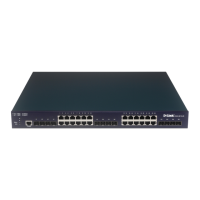
